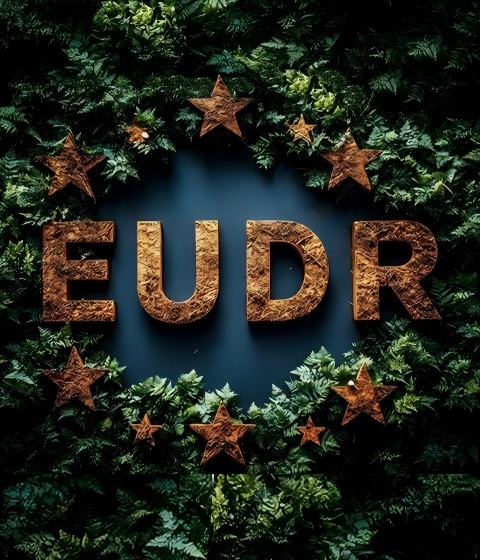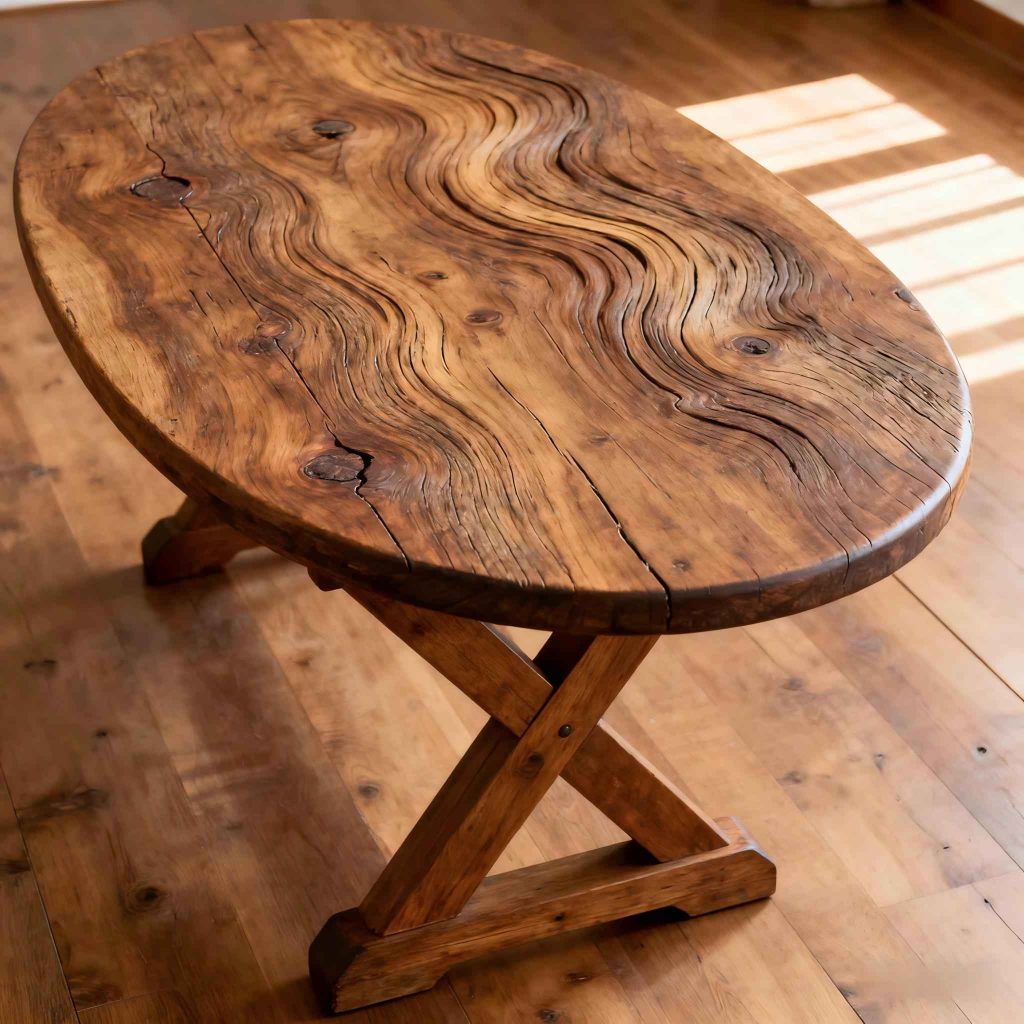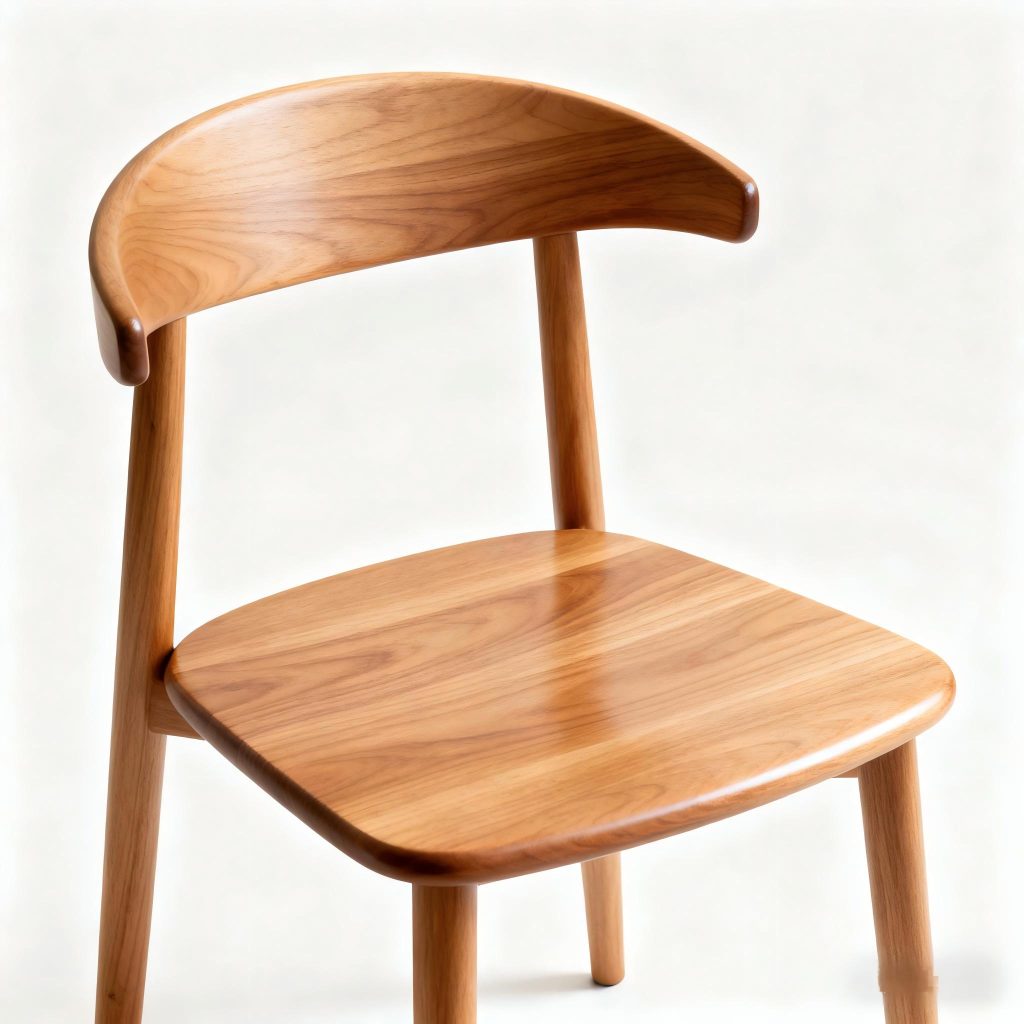EUDR and the European Vision for Sustainable Furniture: A New Era for Solid Wood Suppliers

Picture this. You’re standing in a showroom in Berlin. You run your fingers over a sleek oak dining table. The grain tells a story. It’s not just about craftsmanship. It’s about forests that stood tall. No single tree was felled too soon. That’s the kind of future the European Union is aiming for with the EUDR. If you’re in the solid wood furniture business, whether sourcing for hotels, offices, or homes across the pond, this regulation isn’t just another hurdle. It’s a real shift. It could redefine how we think about wood from root to room.
What is the EUDR, Anyway?
Let’s get straight to it. The EUDR stands for the EU Deforestation Regulation. It’s the bloc’s big push to stop global deforestation. They rolled it out in 2023. It’s set to fully kick in by late 2024. But there are some rumors of delays floating around. It targets seven key commodities. Wood is one of them. So are wood-based products like the solid pieces in your inventory. The main goal? Any wood hitting EU shores must be proven deforestation-free. No excuses.
Think about it. We’ve all heard the numbers. Deforestation causes about 12% of global greenhouse gas emissions. The furniture industry uses a big share of that wood. The EUDR requires due diligence from importers. They need geolocation data for every plot where the trees grew. They must show proof of legal harvest. And they have to do a risk assessment. All to prove it didn’t push the planet closer to the brink. For solid wood suppliers, this means tracing that oak back to its exact hectare. Maybe in a managed forest in Scandinavia. Or a certified plantation in Southeast Asia.
It’s not all bad news, though. I remember talking to a guy from a small Italian importer last year. He was worried sick about the paperwork. But once he mapped his supply chain, things changed. It actually gave him an advantage. Customers started asking for those “clean” stories. And sales went up a bit. Short bits like that really land, don’t they? The regulation is forcing people to be honest about where their materials come from.
The European Push for Sustainable Furniture: A Broader Picture

Zoom out a little. The EUDR fits into Europe’s larger green plan. The EU’s Green Deal means business. It’s targeting climate neutrality by 2050. Furniture plays a key role in cutting waste and emissions. Sustainable furniture means more than recycled bits here. It’s about sturdy, lasting pieces. They’re built from responsibly sourced woods. And they don’t wreck rainforests.
Take chairs and tables, for example. In the EU, buyers are looking at FSC-certified oak. Or FSC alternatives that store carbon longer than cheap particleboard. The vision? A market where every sofa or desk helps biodiversity. It doesn’t harm it. And sure, it’s a stretch. Reports say the global sustainable furniture market hit $12 billion in 2023. They expect it to reach $25 billion by 2030. Regs like this are driving a lot of that growth.
But here’s a quick side note. Ever notice how “sustainable” gets tossed around like party favors? In my time covering this stuff, I’ve seen suppliers stick a green sticker on just about anything with a leaf picture. The EUDR is demanding real proof. No tricks. It’s making things fair. Solid wood folks who’ve been doing it straight all along can stand out now.
How This Vision Reshapes Daily Operations
On the ground, this means smarter sourcing. Suppliers are ditching risky tropical hardwoods. They’re going for European beech instead. Or American walnut from checked mills. It’s not always simple. Supply chains can twist through three countries before the wood reaches the lathe. But the reward? Pieces that carry a real story of care.
Hurdles Ahead for Solid Wood Suppliers
Let’s not kid ourselves. Compliance is tough. For one, that plot-level traceability? It’s like putting a GPS on every log from stump to shelf. Smaller suppliers feel it most. Especially those in Asia or Latin America who feed the EU market. They might struggle with old records. Or scattered farms. Fines could hurt. Up to 4% of yearly turnover for big outfits. Or flat penalties that sting independents even more.
The data shows the pressure. A 2024 survey from the World Resources Institute found it. About 70% of wood importers fret over data holes in their chains. And don’t forget the people side. I once stopped by a workshop in Vietnam. The carvers there still marked cuts by hand. No digital records anywhere. Switching to EUDR-friendly tools means spending money. It means training folks. It might even mean new partners.
Key Challenges at a Glance
To sum it up, here’s a quick table of the top headaches:
|
Challenge |
What It Means for Suppliers |
Real-World Bite |
|
Traceability |
Geotagging every harvest site |
Extra costs for satellite mapping tools |
|
Risk Assessments |
Annual checks for deforestation risks |
Time sink—hours poring over satellite feeds |
|
Due Diligence Statements |
Submitting proofs to EU authorities |
Paperwork overload, potential delays |
|
Supply Chain Audits |
Verifying every link from farm to factory |
Weeding out unreliable middlemen |
These aren’t just ideas. They’re the things that keep ops managers awake. Yet, in a funny way, fixing them often finds shortcuts. Like catching waste in the drying step. Or bargaining better deals with checked loggers.
Seizing Opportunities in the Sustainable Shift
Turn it around. And this “new era” is full of chances. Solid wood suppliers who handle EUDR well aren’t just hanging on. They’re out front. Customers want that openness. Think eco-minded hotel groups in Amsterdam. Or office setup crews in Paris. It builds faith. And faith moves product.
Innovation lights the way. We’re spotting mixed woods now. FSC oak paired with reused barn beams for benches full of charm. No big carbon hit. Or modular desks. They’re easy to take apart. Fix up. And recycle. That lines up great with the EU’s loop economy idea. One supplier I know in Poland did it. They switched to steam-bent ash over kiln-dried imports. Emissions dropped 25%. Facts like that? They stick with you.
And let’s chat markets. After EUDR, non-matching wood might get tariffs. Or outright blocks. That shrinks the share for slowpokes. It grows it for the ready ones. It’s a push toward better prices. Sustainable items often pull 15-20% more. That’s the talk in the trade.
Practical Wins for Your Business
- Streamlined Sourcing: Team up with certified forests. Skip the uncertainty.
- Marketing Gold: “EUDR-Ready” tags on your list? Quick trust boost.
- Longer Product Life: Tough solids mean less swapping out. Less trash.
- Global Edge: EU match opens other spots. Like California’s green build rules.
It’s a bit chaotic, for sure. Picking up blockchain for tracking felt like chasing cats at first. For one group I watched. But when it worked? Orders from Scandinavia doubled. That’s our time now. Rough beginnings. Solid endings.
Navigating EUDR: Steps to Stay Ahead
So, how do you prep without breaking the bank? Keep it basic. Map your chain from start to finish. Every supplier. Every slice. Tools like auto-trace software do the grunt work. They spot risks early.
Here’s a plain roadmap:
- Audit Now: Check your wood sources against EUDR hot zones. Like steering clear of post-2020 cut areas.
- Certify Up: Go for FSC or PEFC tags. They’re handy EUDR helpers.
- Train the Team: Run sessions on risk checks. Make it part of the daily grind.
- Test Runs: Try a product batch with full checks. Smooth the bumps.
- Collaborate: Link up with supplier groups. More hands make light work.
Early movers show the payoff. ROI in less than two years. Lower check fees. Fewer pullbacks. Pleased customers. It’s not fancy. But it takes some backbone.
Spotlight on Forest Furniture: Your Reliable Solid Wood Ally

In the middle of this EUDR mess, it’s good to note partners who nail it right away. Forest Furniture is one. It’s a strong player from Tianjin, China. They’ve been making solid wood pieces for years. Picture sturdy oak chairs that take the bustle of cafes. Or walnut coffee tables that ground living rooms nicely. Factories dot northern China. They draw from vetted spots. Focusing on clean, lasting grain. No deforestation fuss.
What makes them different? It’s the direct touch. From picking FSC-eligible hardwoods to exact milling that cuts waste. Their range covers dining sets to lounge benches. All for B2B types like hotel runners or shop owners aiming at the EU. No showy tricks. Just steady, tale-backed solids that match the green push. If you’re hunting suppliers who say “compliance” quietly while handing over sharp designs, Forest fits. They’ve got the skills. The size. And a tip of the hat to the green path we’re all on.
Wrapping It Up: A Greener Horizon Awaits
As the EUDR comes in, one thing stands out. This isn’t the close of solid wood. It’s a fresh start. Suppliers who grab traceability and green ways aren’t just checking lists. They’re building stories in every board. The European vision for furniture? It’s down-to-earth magic. Sturdy, forest-safe pieces that let us live right. Without shortchanging the planet. For solid wood players, the message is clear. Adjust. Create. Flourish. The forests will thank you. So will your books.
Frequently Asked Questions
What does EUDR mean for solid wood furniture suppliers entering the European market?
The EUDR and the European Vision for Sustainable Furniture mark a new era for solid wood suppliers by requiring ironclad proof that your wood didn’t come at the expense of forests. It’s about geotagged origins and risk checks, but it levels the field for those already sourcing responsibly—think fewer headaches, more trust from EU buyers.
How can suppliers prepare for EUDR compliance without overhauling everything?
Start with a chain audit; plug in digital tracking for those harvest plots. Many find FSC certification bridges the gap nicely, turning compliance into a selling point. It’s doable—I’ve seen outfits shave months off the process by teaming with tech-savvy partners.
Is the EUDR just a European thing, or does it ripple globally?
Oh, it ripples. While it’s EU-focused, it nudges worldwide standards—U.S. importers are watching close, and Asian mills are certifying early. In this new era for solid wood suppliers, getting EUDR-ready positions you for broader green demands, from California codes to Asian eco-labels.
What benefits come from aligning with the European vision for sustainable furniture?
Beyond dodging fines, it’s premium appeal: Customers pay more for pieces with a clear “no-deforestation” story. Plus, it cuts waste—longer-lasting solids mean less churn. Suppliers leaning in often see loyalty spike, especially in hospitality where green creds seal deals.
How does EUDR affect product pricing for solid wood items?
Upfront, compliance might nudge costs 5-10% for tracing tech. But down the line? It unlocks higher margins—sustainable lines fetch 15% premiums in EU showrooms. It’s a short-term pinch for long-term gain in this evolving sustainable furniture landscape.


